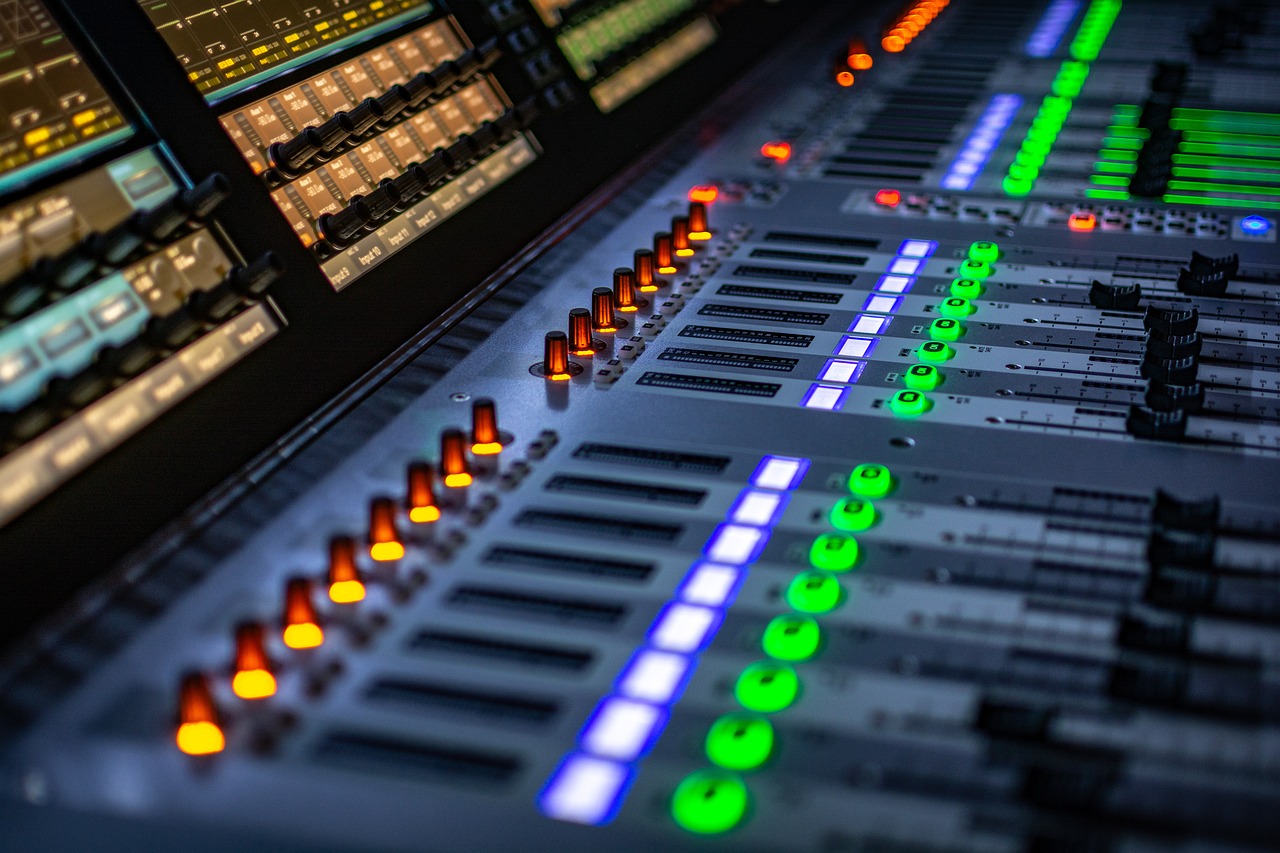Exploring the Potential of AI in Natural Disaster Prediction
Artificial Intelligence (AI) has emerged as a valuable tool in the realm of early warning systems, revolutionizing the way we predict and prepare for natural disasters. By harnessing the power of AI algorithms, researchers and authorities can sift through vast amounts of data with unprecedented speed and accuracy, enabling them to identify potential risks and issue timely warnings to at-risk populations.
The integration of AI into early warning systems has significantly enhanced our ability to detect patterns and trends in real-time data, allowing for more precise forecasting of disasters such as hurricanes, wildfires, and floods. Furthermore, AI technologies can analyze numerous variables simultaneously, providing a holistic view of potential threats and facilitating proactive measures to mitigate the impact of catastrophic events.
Understanding the Data Sources for AI Prediction Models
One key aspect of developing effective AI prediction models is the utilization of diverse data sources. These sources can range from satellite imagery and weather radar data to social media feeds and historical disaster records. By harnessing these varied datasets, AI algorithms can analyze trends, patterns, and anomalies to make more accurate predictions about potential natural disasters.
Furthermore, the combination of structured and unstructured data is crucial for training AI models to understand and anticipate the complexities of natural disasters. Structured data, such as numerical weather data and geographical coordinates, provides a foundation for the model, while unstructured data, like text from news reports or images from drones, adds context and real-time insights. The ability to integrate and interpret these different data sources is essential for enhancing the predictive capabilities of AI in early warning systems for natural disasters.
Challenges Faced in Implementing AI for Natural Disaster Prediction
One major challenge in implementing AI for natural disaster prediction is the quality and quantity of available data. AI models require large amounts of high-quality data to effectively predict disasters, but obtaining such data can be difficult due to factors such as limited sensors or data collection methods in vulnerable areas. In some cases, historical data may be incomplete or outdated, making it challenging for AI models to accurately forecast future events.
Another obstacle is the complexity of natural disasters themselves. Disasters often unfold as a result of a combination of various factors, making it difficult for AI algorithms to accurately predict the outcome. Factors such as changing weather patterns, human behavior, and infrastructure conditions all play a role in the occurrence and severity of disasters, posing a challenge for AI systems to analyze and interpret these multifaceted interactions.





